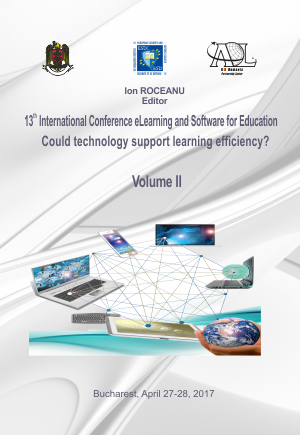POKEMON GO, A FINANCIAL STRATEGY OR A MODERN FIGHT AGAINST SEDENTARY LIFESTYLE?
POKEMON GO, A FINANCIAL STRATEGY OR A MODERN FIGHT AGAINST SEDENTARY LIFESTYLE?
Author(s): Corina IVANSubject(s): Social Sciences
Published by: Carol I National Defence University Publishing House
Keywords: sedentary lifestyle; electronic game; physical activity.
Summary/Abstract: Performance sports and sedentary lifestyle are two sides of the same coin. Conditioned by determination and work, achieving performance is much facilitated by the emergence and continuous improvement of electronic devices: simulators, software for the fine and detailed analysis of technical aspects, applications for data management and the prediction of competitive performances, etc. On the other hand, ordinary population not involved in sports activity is more or less sedentary. Paradoxically, the emergence of sedentary lifestyle has become possible just because of technological modernization. The world we live in provides fewer and fewer opportunities to practice physical activity, and the more the daily living is facilitated by modern technology, the more it becomes the source of various physical and mental health problems. At the same time, decreasing the level of physical exercise is, among others, a consequence of the sedentary content of many forms of recreation, because the main entertaining activity is closely related to the computer keyboard or, more recently, that of cell phone. This paper focuses on the latest electronic game, Pokémon Go, which no longer sticks the practitioners in front of the computer, but gets them out of their houses and forces them to travel by walking, running, or even alternately, in full consonance with the message of World Health Organization, which urges us to consume 300 calories daily through movement. Our study tries to determine whether the release of the new game is just a financial boom or, on the contrary, an attempt to avoid sedentary lifestyle, combining the fascination of the game with the need for movement. Conclusions are based on the analysis of responses to a questionnaire addressed to a heterogeneous sample of players.
Journal: Conference proceedings of »eLearning and Software for Education« (eLSE)
- Issue Year: 13/2017
- Issue No: 02
- Page Range: 482-486
- Page Count: 5
- Language: English

